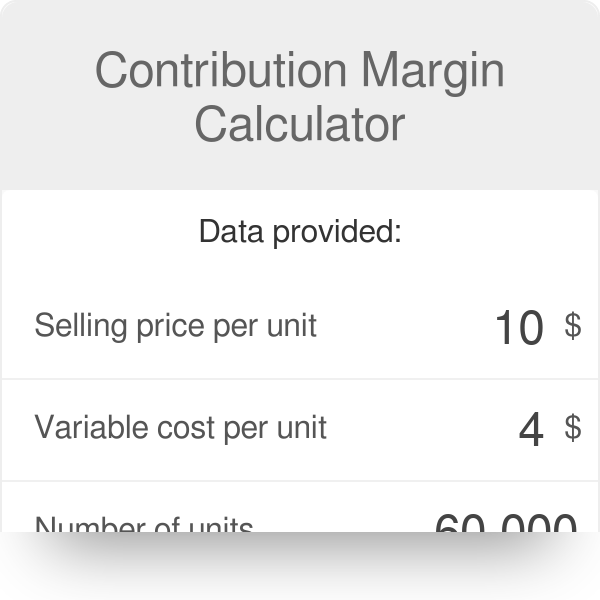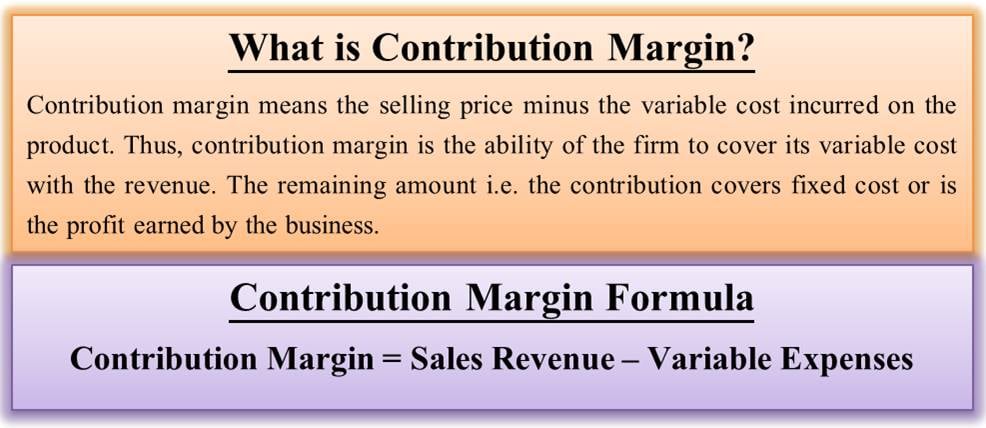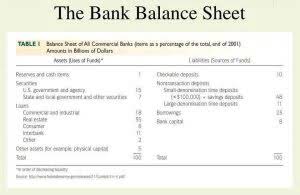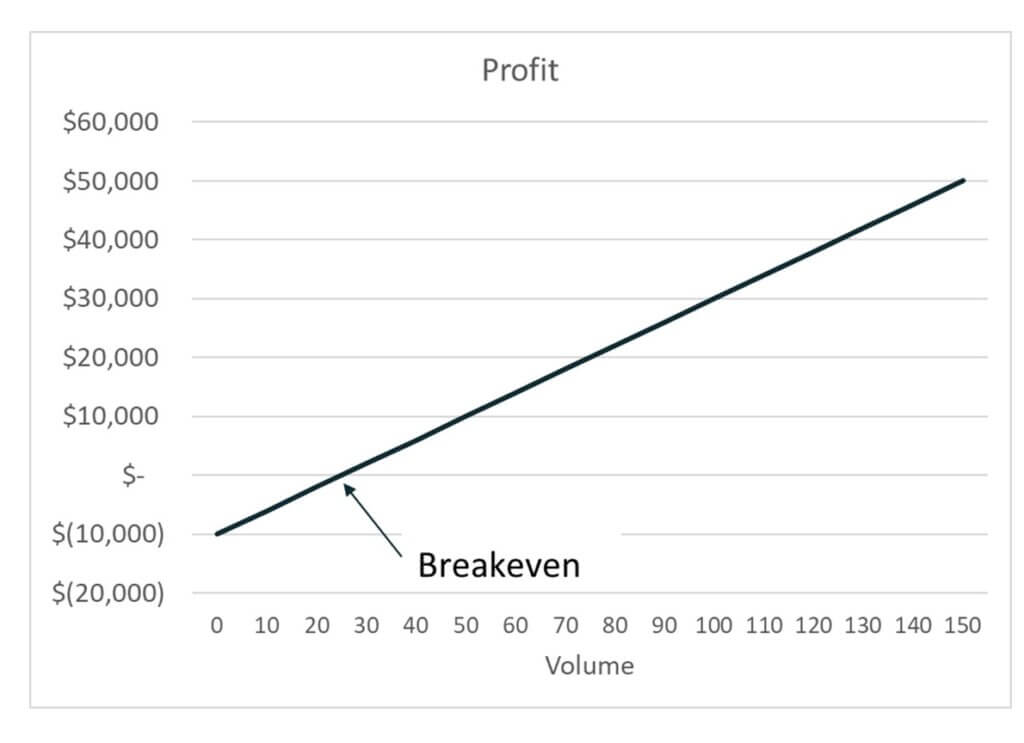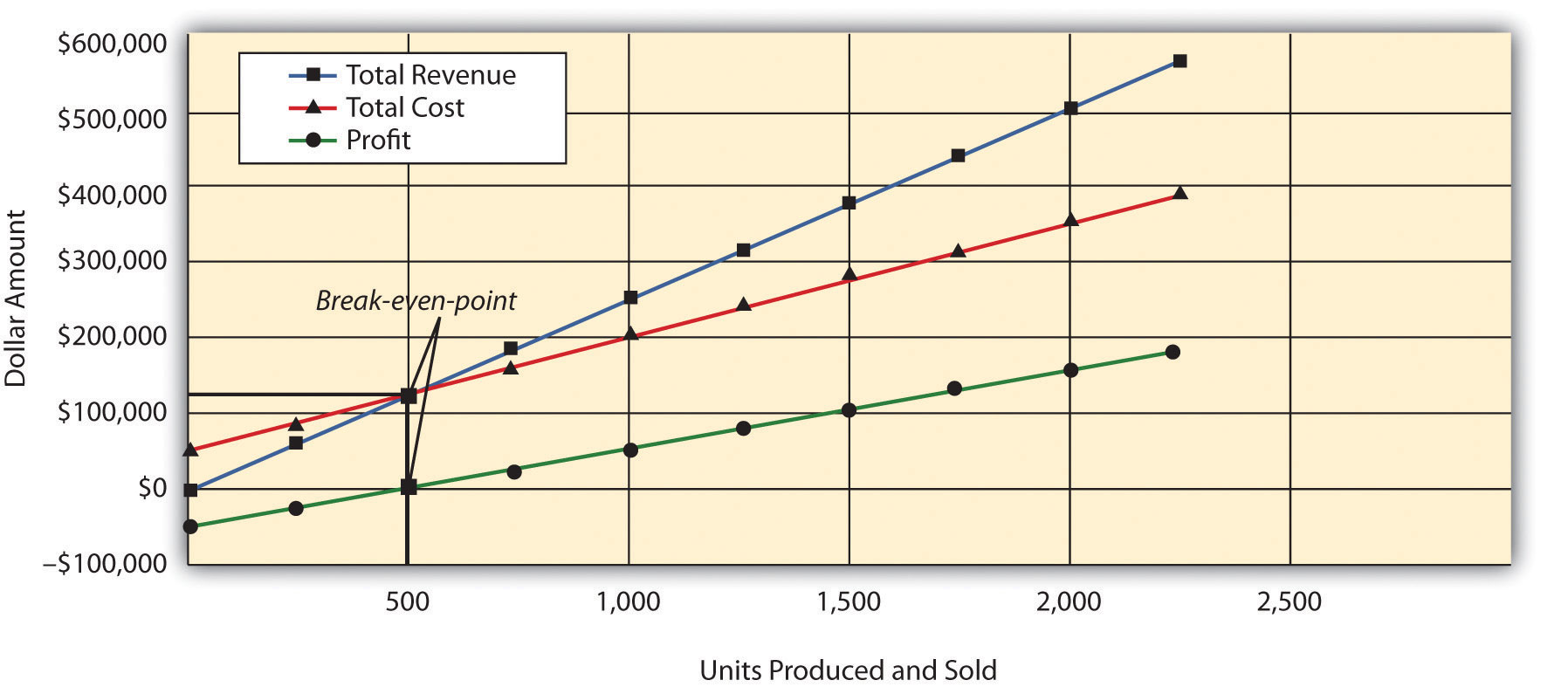Accounting Errors: Types and How to Avoid

For example, suppose the trial balance showed total debits of 84,600 but total credits of 83,400 leaving a difference of accounting 1,200 as shown below. Accounting errors can occur in double entry bookkeeping for a number of reasons. Accounting errors are not the same as fraud, errors happen unintentionally, whereas fraud is a deliberate and intentional attempt to falsify the bookkeeping entries. Use accounting software that automates calculations (e.g., VAT, depreciation) and helps prevent errors in data entry.
Fact Checked
An error of original entry occurs when an incorrect amount is posted to the correct account. An error of original entry is when the wrong amount is posted to an account. The error posted for the wrong amount would also be reflected in any of the other accounts related to the transaction. In other words, all of the accounts involved would be in balance but for the wrong amounts.
- If the debit side of the cash book (bank column) is overcast, or if the credit side is undercast, then the cash book will show more bank balance compared to the bank statement.
- Of course, no company can prevent all errors, but with proper internal controls, they can be identified and corrected relatively quickly.
- Someone on our team will connect you with a financial professional in our network holding the correct designation and expertise.
- We may earn a commission when you click on a link or make a purchase through the links on our site.
Error of Omission

Whether it’s a simple transposition error or a more complex omission, these inaccuracies can lead to misleading financial statements, tax issues, and misinformed decisions. The positive side is that most accounting errors can be avoided with the right strategies and tools in place. An accounting error is an error that occurs when recording, calculating, or reporting financial transactions.
What is your current financial priority?
Some businesses such as banks and retailers who handle great deals of cash can inadvertently issue the wrong change or make accounting errors errors in counting money. Variances between expected and actual amounts are called "cash-over-short." This account is kept as part of the company's income statement. Reversing accounting entries means that an entry is credited instead of being debited, or vice versa. The issue is that you can’t spot this mistake in your trial balance—it will still be in balance regardless.
- Sometimes a check issued to creditors is omitted from being recorded in the cash book (on the credit side in the bank column) or it is wrongly recorded in the cash column.
- This error happens when a transaction is recorded in the wrong account, even though the correct amount is entered.
- Although there are numerous types of errors, the most common accounting errors are either clerical mistakes or errors of accounting principle.
- A core principle of accounting is that every debit should have an equal credit.
- For example, if cash paid to a supplier of 2,140 was posted as 2,410 then the correcting entry of 270 would be.
- This centralization reduces the chances of disorganized record-keeping or missing transactions.
Error Correction Example
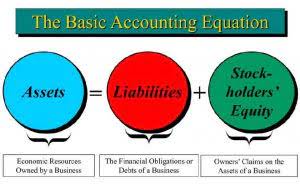
Enerpize provides a comprehensive, user-friendly platform to manage your finances. It organizes transactions, expenses, and income systematically, reducing the chance of errors from missing or misclassified data. Clear categorization and detailed tracking of financial activities minimize omissions, wrong account entries, and miscalculations. Regular internal audits can help identify any accounting errors, fraud, or inefficiencies early on. External auditors can offer an objective review of the financial records, ensuring they are accurate and compliant with applicable standards. Omitting transactions refers to the failure to record one or more transactions entirely or partially in the accounting records.
Income Statement
Of course, no company can prevent all errors, but with proper internal controls, they can be identified and corrected relatively quickly. This happens when a financial transaction isn’t recorded and so isn’t part of the documentation. Usually the transaction, which could be an expense or sale of a service, is overlooked or forgotten.
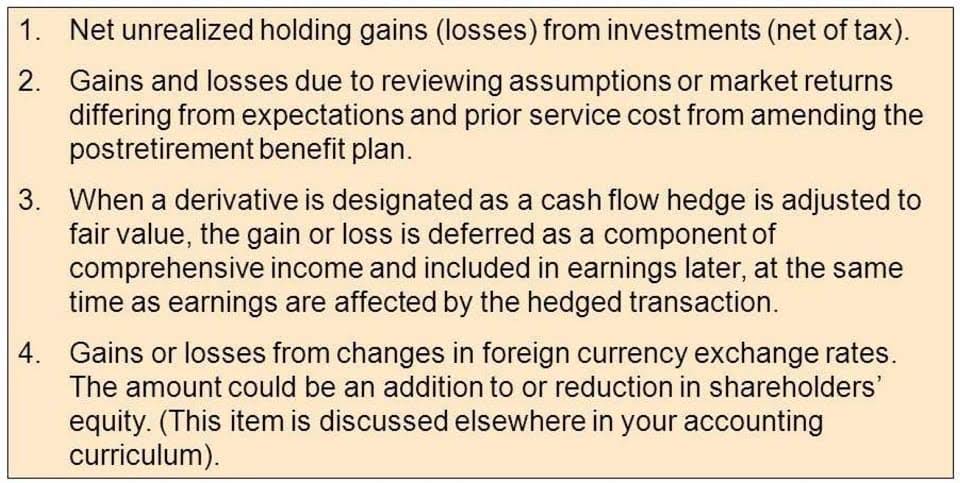
Display Professional, Accurate Reports
Accounting errors are discrepancies in a company’s financial documents. They are usually made unintentionally (intentional errors can lead to criminal investigation). Try our Law Firm Accounts Receivable Management accounting module to ensure your business is accounting error-free.

If the errors are located after the preparation of the trial balance (post-trial balance stage) with the suspense account, then all the corrections are carried out through rectifying journal entries only. The cash flow statement should only reflect transactions that have a cash flow impact. Instead, such transactions must be disclosed elsewhere in the financial statements. All data entries must be classified as assets (items owned) or liabilities (money owed). If an asset is accidentally entered as an expense (a type of liability), then it is said to be classified incorrectly. This error drastically affects the balance sheet and gives an incorrect picture of the business’s financial status.
- Sometimes checks are received from debtors and recorded in the cash book (on the debit side in the bank column), but the check does not get sent to the bank for collection.
- All such information is provided solely for convenience purposes only and all users thereof should be guided accordingly.
- The important thing is to have a system in place to minimize errors and quickly spot and correct any that do happen.
- Suppose the sale of old furniture for $5,000 is credited to the sales account.
- For example, money that has been received from a customer is credited properly to the accounts receivable account, but to the wrong customer.
To do a bank reconciliation, you need to first balance your cash account—small businesses typically record payments and receipts in a cash book. Ensure that different people handle different aspects of accounting, this reduces the risk of errors and fraud. Implement a process where all transactions are reviewed and approved before being recorded. Regularly reconcile bank statements, accounts receivable, accounts payable, and other key accounts to identify discrepancies quickly.




